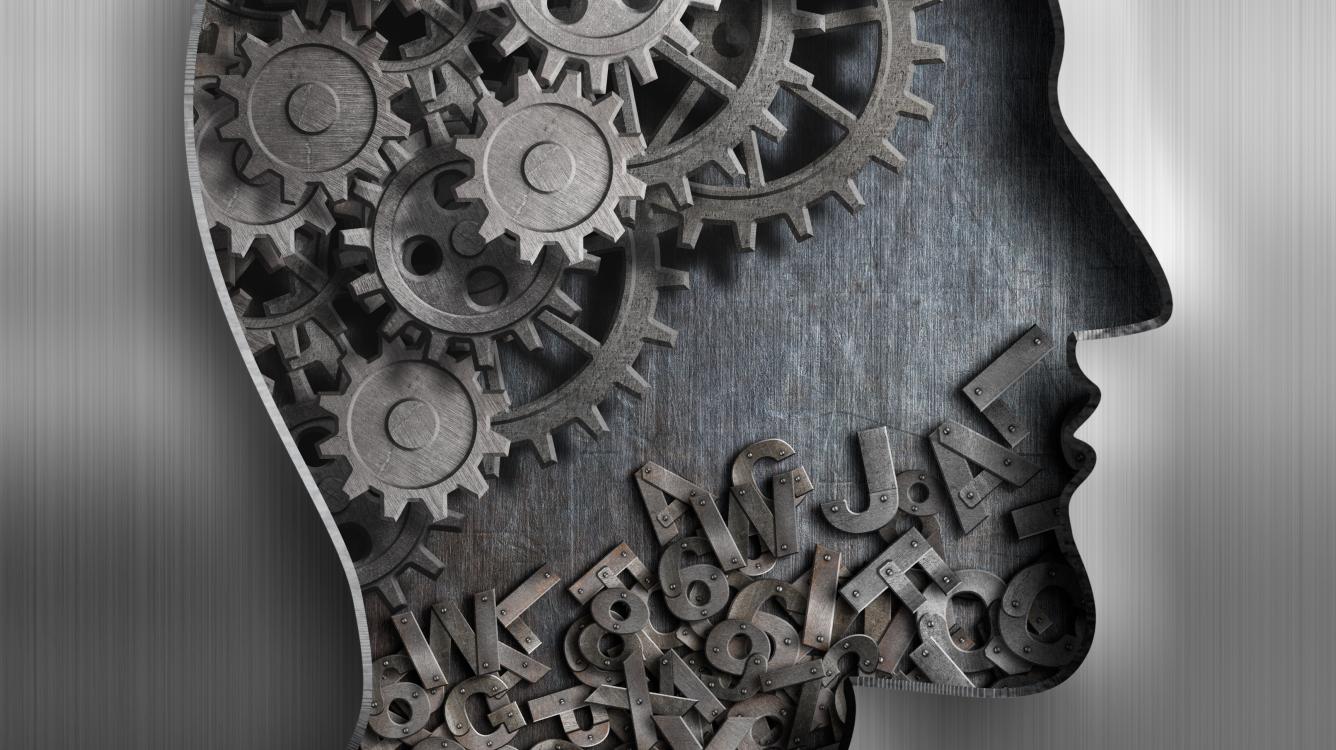
Why Chess Players Blunder (Part 2)
Part 1 of our previous instalment offered a theoretical framework for blunders. This second part suggests a way to combat impulsiveness and blunder-tendencies.
Chess players are often encouraged to read chess books and watch DVDs to improve their playing strength. Although these might inspire, motivate, and fascinate, they suffer from didactic lopsidedness and will not help players improve as they serve to only fill up the players’ RAM (i.e., short-term memory or consciousness) at the time of reading or watching. Instead, high-quality moves are governed by subconscious processes.
There is, however, a foolproof method for increasing playing strength, improving chess judgement, and combatting — if not eradicating — blunder-tendencies and impulsiveness.
Impulsiveness means not being conscious or aware (though these are different concepts — one can be unaware and still conscious — in our context we use them interchangeably) whereas impulse control means buying, getting, having or gaining time to become conscious, or aware.

sooo... tempting...
The following exercise develops and strengthens this ability. This method targets the subconscious as opposed to books and DVDs which target the conscious. As rendered in GM Alexander Kotov’s Think like a Grandmaster (Kotov, 1995, pp. 20-21), it goes as follows:
- No matter what position you choose to analyse (opening, middlegame, or endgame — complex or simple), find annotated games and play through them till you to come to the point with the greatest number of variations.
- Cover up the annotations with a sheet of paper and, without moving the pieces, analyse the position for 30 minutes to an hour. If the variations are extremely complex, you should write down your analyses while analysing.
- When time is up, stop analysing and uncover the annotations in the book or magazine. Compare your notes with the annotator’s. This is crucial since this trains and disciplines the brain’s ability to perceive positions correctly.

GM Alexander Kotov
Strictly speaking, this, and not his highly criticised graphic presentation of tree-analyses, is the Kotov-method. This was the method which catapulted Kotov to super-GM strength. Even if Kotov was unable to, we can partly explain why it works. In short, it can be put as TWT or “Targeted Wiring Training.” As long as thinking is subconscious, we have no idea what the mind looks like when pondering chess moves or analysing positions.
Kotov's “tree of analysis” has been criticised by IM Mark Dvoretsky, GM John Nunn and others for being too rigid for practical play. However, instead of trying to accurately depict the machinations of the mind, Kotov was merely trying to create some sort of order in an otherwise inaccessible world. What we do know is that this method does improve our chess playing abilities regardless of whether the mind looks like trees, boats, shoes or penguins.
When starting out, there might be a great discrepancy between your analyses and the annotators’. With time, you can learn to delineate relevant moves and variations (Kotov, 1995: 20) as this training and final comparison will exercise and target the mind’s ability to perceive chess positions and produce high-qualitymoves.
Initially, as GM Lev Alburt states in Improve Your Chess (Alburt, 1989, pp.38-39) this system of training may appear time-consuming and even monotonous, but patience and diligence will return generous rewards.

GM Lev Alburt
Using this system you will:
- achieve total mastery of a new and important position
- attain absolute confidence in your ability to play that position against anyone — from either side of the board
- increase your comprehension and enjoyment of published games featuring that position
- learn the various opening lines and move orders which will transpose the game into your position
- broaden your opening repertoire and theoretical knowledge, while improving your study habits and research techniques
- become better acquainted with positions of similar pawn structures or themes (note; not “pattern”)
- absorb motifs and finesses you can also apply to other positions
- dramatically improve combinative skill
- improve both long and short range planning
- analyse more deeply, accurately and efficiently
- train yourself to think objectively and reduce dependence on dogmatic principles and stereotyped opinions
- heighten your awareness and respect for the myriad possibilities and hidden resources in a given position
- expand your creativity and capacity for discovering original ideas
- discover that your analytical potential is not as limited as you perhaps thought
- increase concentration and attention span
- sharpen board visualisation, and develop a facility for piece coordination and spatial relationship
- develop patience and perseverance and control impulsive tendencies
- discover the importance of adequate home preparation
- stimulate your appetite for studying and playing chess
- raise your rating and overall playing strength to a much higher level
Kudos to Alburt for listing virtues Kotov leaves out.
Finally, we might add:
- play more resolutely, faster and less indecisively
- gain confidence when playing stronger opponents
- overcome tendencies to underestimate weaker opponents
- increase your trust in your intuition and resourcefulness
- develop and improve your judgement
Bibliography
Alburt, L. (1989). Test and improve your chess. Cadogan.
Kotov, A. (1995). Think like a grandmaster (B. Cafferty, Trans.). Batsford..
Update 5 October 2021: Cleaned up reference list according to APA 7.
Acknowledgements:
Thanks to our dear friend and colleague, Victoria W. Guadagno, for taking time away from an otherwise inhumane schedule to proofread both the 2008 version and this abridged edition.

